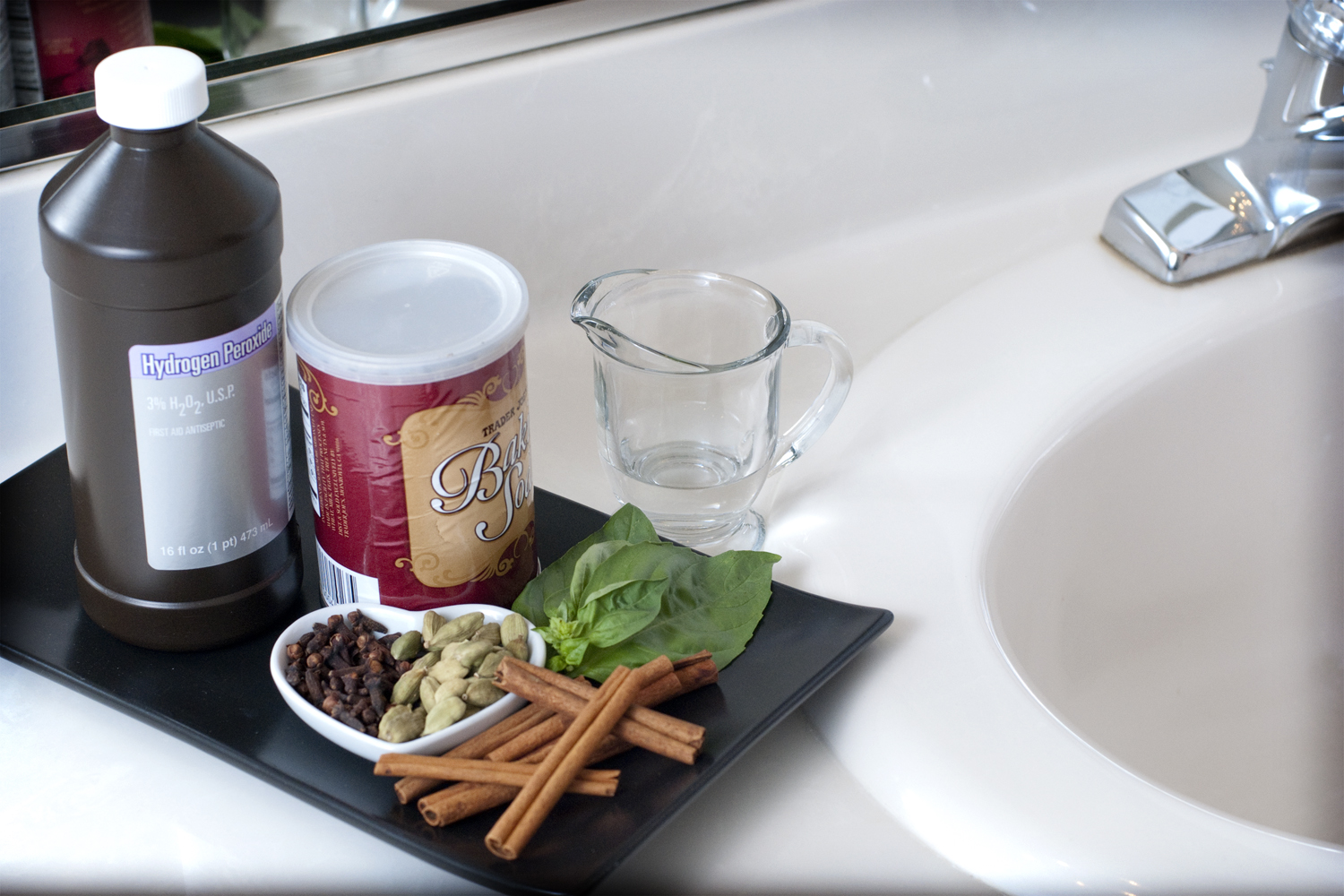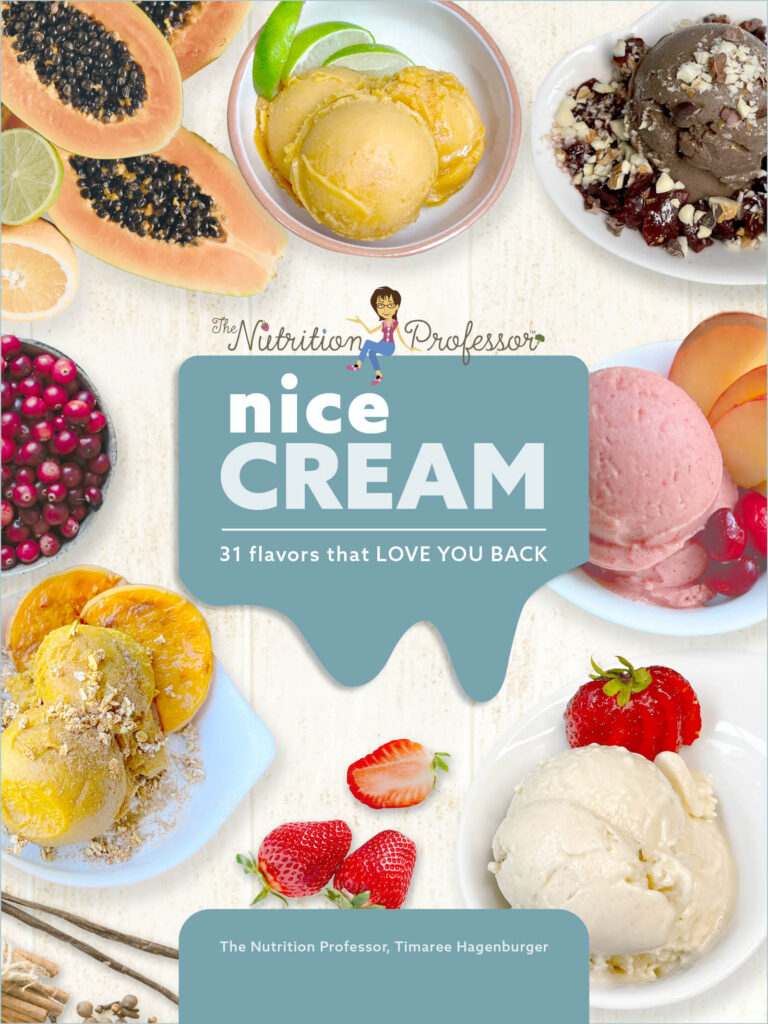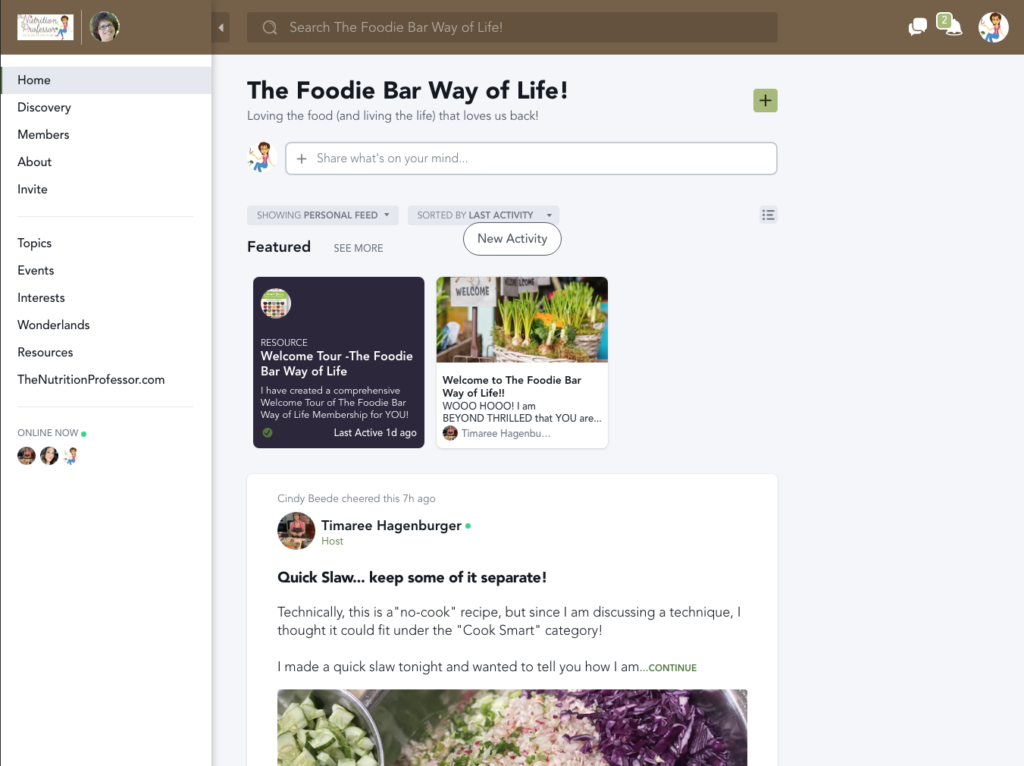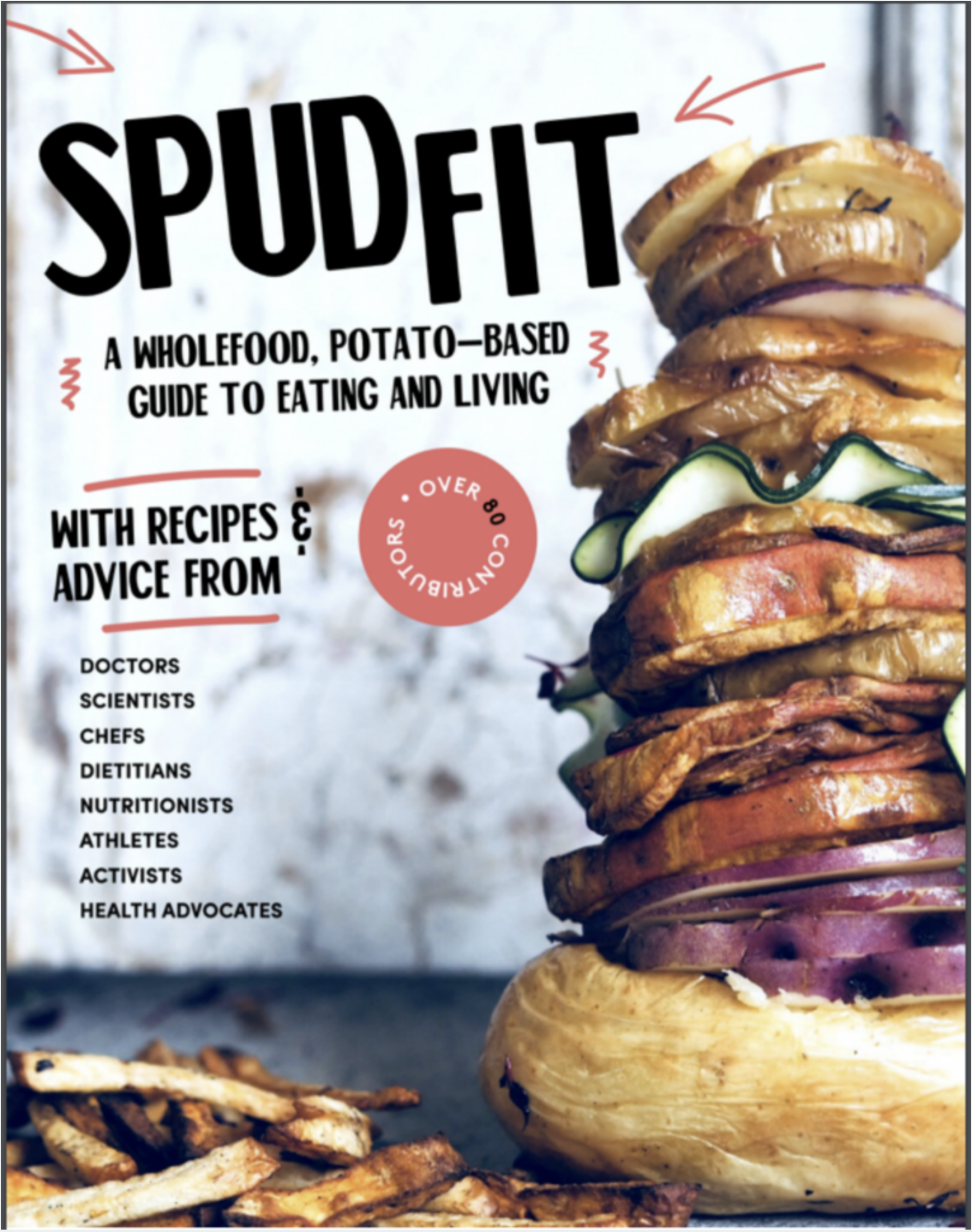Being well aware of the links between oral health and chronic diseases like heart disease, diabetes, cancer and Alzheimer’s, I have been extremely consistent with my regimen of brushing, flossing and finishing with a commercial mouthwash. That is, until a few weeks ago… One of my students sent me a link to some research linking alcohol containing mouthwash to an increased risk for oral cancer. I know what you might be thinking, “what doesn’t play a role in cancer development?” While I don’t react to every cancer claim, I do dig into the research a bit more when it relates to a product that I use on a regular basis. Since I “swish” mouthwash 1-2 times everyday, I thought this was important to investigate.
I learned about several convincing studies that have even led a very well respected dentist and professor at the University of Melbourne to appeal to the Australian government to get all alcohol containing mouthwash products off the shelves. When I thought through it, the concept actually made perfect (and scary) sense, since I regularly share information with my students about how damaging alcohol can be to their endothelial cells that line the gastrointestinal tract. Alcohol ingestion is a significant risk factor for ulcers and the combination of drinking alcohol and smoking monumentally increases the risk of developing oral cancer (24x increased risk!). Alcohol damages the membranes of cells that line the oral cavity and allows for easy entry of nicotine and other carcinogens found in cigarettes. However, I never thought about the ingredients in my mouthwash, and unlike alcohol that is sipped and swallowed, we swish this stuff around in our mouth for 30 seconds or more! As I hesitantly turned the bottle of mouthwash on my sink around to read the ingredients, I quickly discovered that it contained 26% alcohol, along with a long list of chemicals, including hydrogenated castor oil, poloxamer 407, sucralose, sodium saccharin, yellow 6 and red 40 dyes. Yikes! When I went to the store in search of an alcohol-free version, I found those ingredient labels equally daunting, except for a few “natural” products, which were pricey.
Since I wanted an easy, inexpensive and safe alternative, I decided to make my own. A quick internet search produced a big variety of recipes utilizing ingredients ranging from aloe vera to witch hazel. I decided to start with what I had on hand: hydrogen peroxide, baking soda and water. I combined 1 capful of hydrogen peroxide, 2 capfuls of water and a pinch of baking soda, then braced myself a bit as I brought the little cup to my lips, but was pleasantly surprised to find that it didn’t taste like anything. If that suits you, no need to add a thing! If you want to get creative, you can experiment with a variety of herbs and spices for flavor and enhanced antiseptic/anti-fungal properties. Consider infusing the water with cinnamon, mint, basil, oregano, cloves, cardamom, turmeric, or peppermint, or adding essential oils to the mix. A dash or drop of stevia can even be added for sweetness and antibacterial action.
A few guidelines to consider:
- Use “food grade” hydrogen peroxide (3% solution), which only contains hydrogen peroxide and filtered water, no heavy metal stabilizers or other preservatives.
- Start by mixing the hydrogen peroxide with water at a 1:2 ratio to avoid any oral irritation since you will use it 1-2 times each day. Swish for 30-60 seconds and spit, don’t swallow the mixture.
- If you are going to flavor with herbs/spices, flavor the “water part” by steeping/boiling, cool and then and mix with hydrogen peroxide and store in dark bottle (in fridge if you like it cold).
- Check out this website for more details about adding flavors, herbs and spices: http://www.breathmd.com/homemade-mouthwash.php
An extra bonus! My new mouthwash is actually whitening my teeth! I regularly enjoy pomegranates, cherries, beets, blackberries, raspberries and blueberries and tea, and as my dental hygienist can attest, my quarterly visits are all about polishing off the stains. So, by making my own mouthwash, I am saving money, reducing my exposure to chemicals, possibly lowering my risk of oral cancer and I just might end up spending less time in the dental chair! Now, that’s smart!
For another option that has also been proven quite effective to use as a mouthwash… Green Tea! Learn all about the research!
Timaree Hagenburger, a registered dietitian, certified exercise physiologist with a master’s degree in public health, is a nutrition professor at Cosumnes River College and sought after speaker. She is so excited about the Plant-Based Nutrition and Sustainable Agriculture certificate program that she and her colleague started there, and also conducts local events, corporate wellness work, has a regular segment on California Bountiful TV, is a frequent podcast guest, and published her innovative and practical cookbook – The Foodie Bar Way: One meal. Lots of options. Everyone’s happy. available at www.FoodieBars.com Find details about Timaree’s upcoming events (cooking demos, book signings and talks about the incredible power you yield with your fork!), and if you missed any of her newspaper columns, podcast interviews or TV appearances, you can find them here at https://www.thenutritionprofessor.com/


 Order and learn more at www.FoodieBars.com
Order and learn more at www.FoodieBars.com

 This is a first for me... Some of MY recipes are part of a rock star compilation cookbook put together by Andrew Spud Fit Taylor!! Order it today!
This is a first for me... Some of MY recipes are part of a rock star compilation cookbook put together by Andrew Spud Fit Taylor!! Order it today!